Wooohooo! We found it!!
Often an expedition is about the journey and not the destination, right? Especially for people searching for plants- often it can feel like a needle in a haystack! Well today all of our searching paid off and we stumbled upon Yaupon Holly, North America’s only known caffeine-containing plant, right away!
We are going to spend all day in this spot, but wanted to let the news out right away!
All of the plant photos were taken this morning from the wild!!
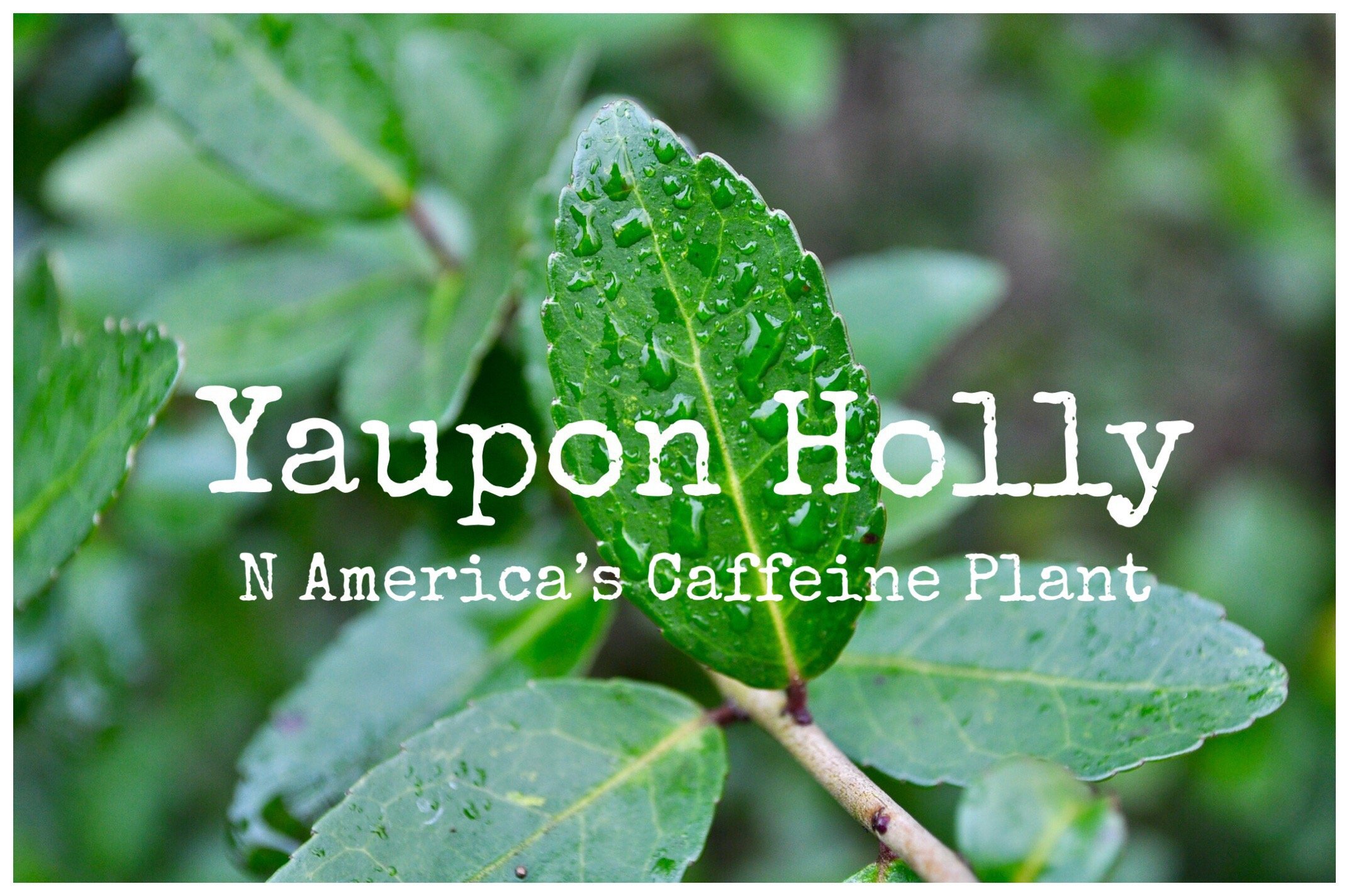
Yaupon Holly
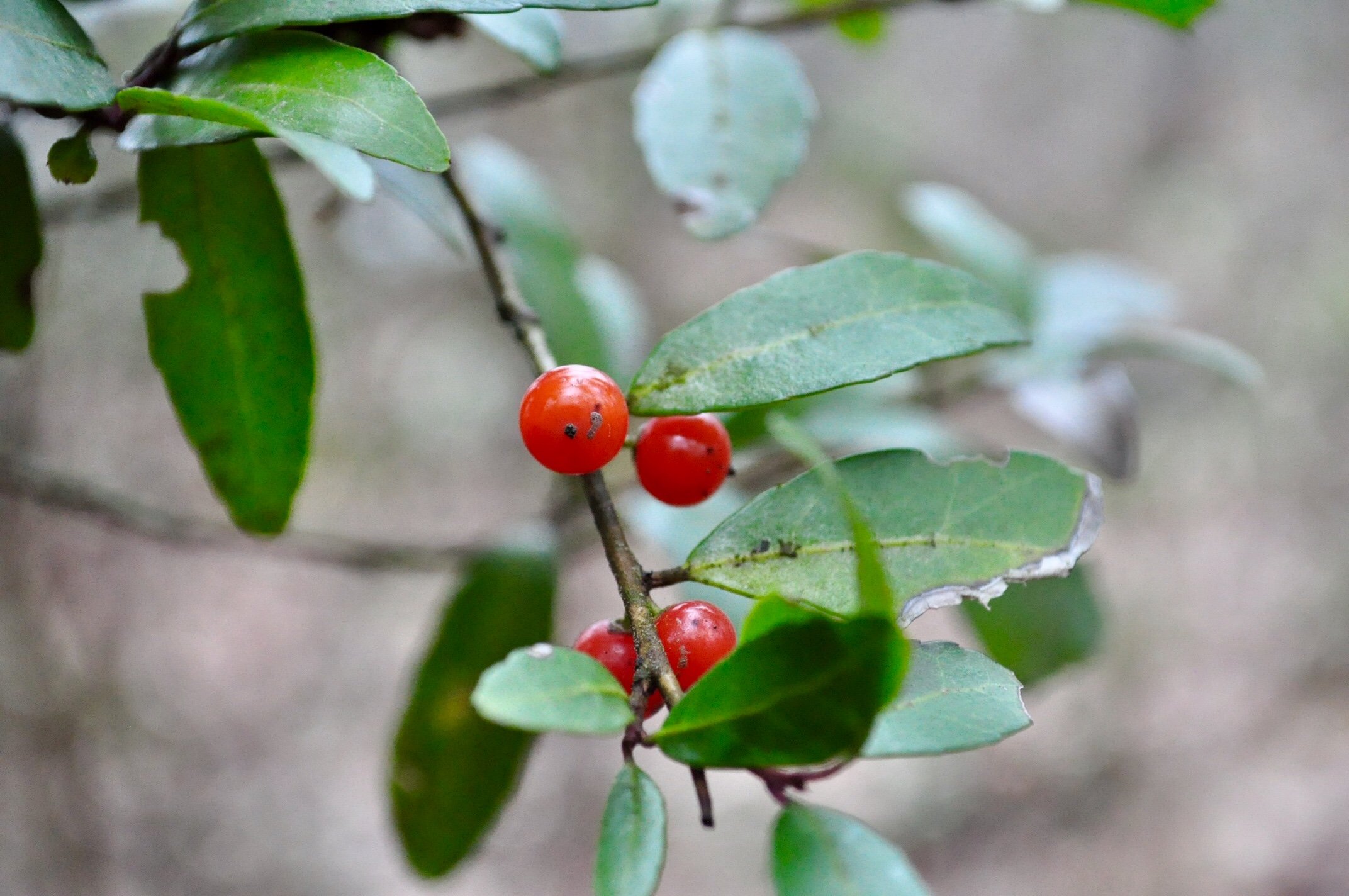
Red berries signify the female plant and can be planted
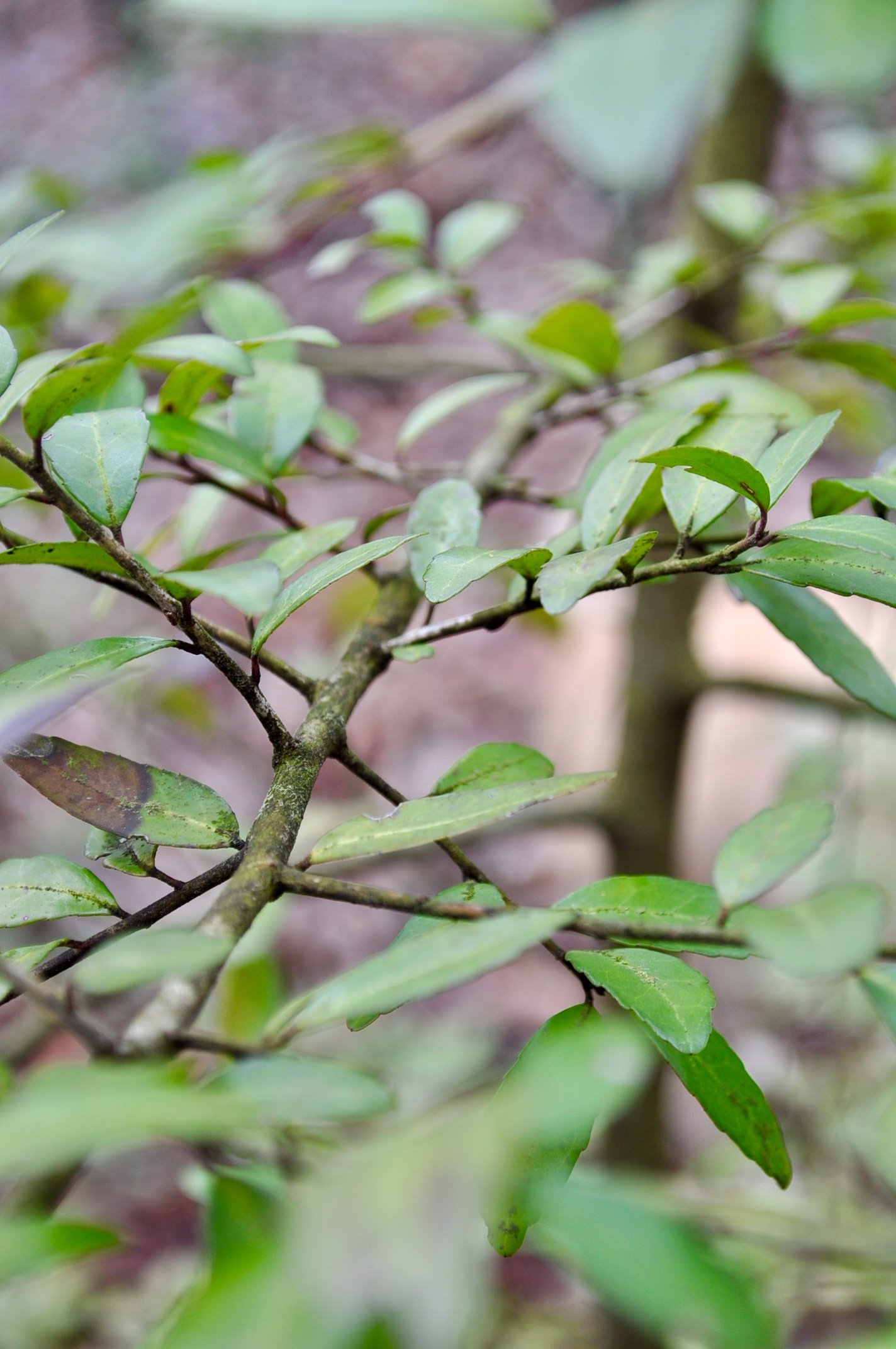
The reason we were drawn to Yaupon Holly is beyond the caffeine, although let’s be honest- how cool is that to grow a caffeine-containing plant on your homestead, in your garden or in your yard.
Beyond caffeine, Yaupon contains theobromine which translates as the food of the gods.
This chemical is associated with bliss and the opening of the heart. Biochemically it works on neurotransmitters .
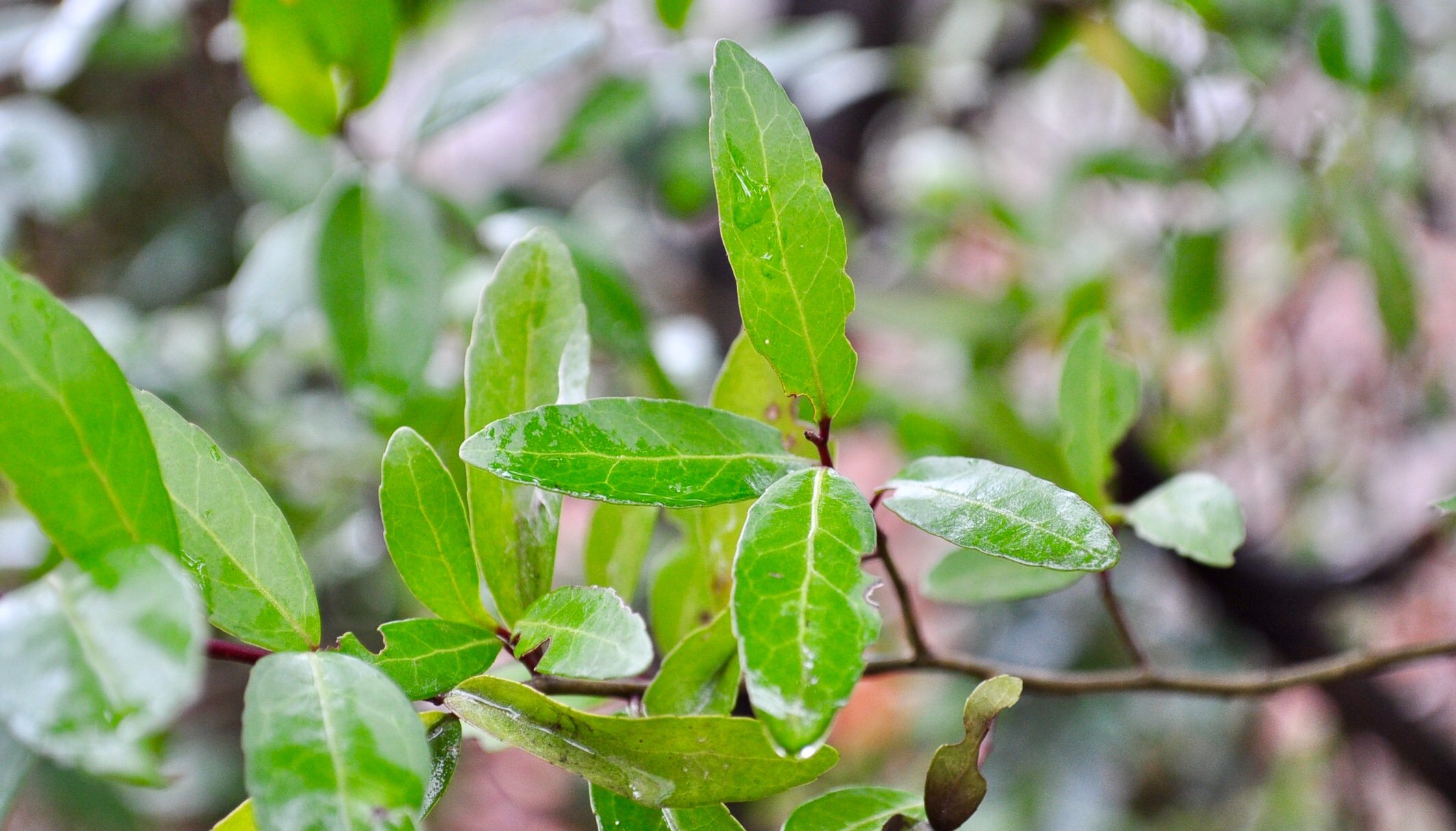
Yaupon is also host to a wide range of vitamins, minerals and antioxidants, just like its cousin Yerba mate (Ilex paraguayensis). Both of these offer sustained energy and a sense of well-being without the crash or jitters associated with coffee.

(source)
Theobromine is in the same class (xanthine) as caffeine, but is less of a stimulant. Theobromine dilates blood vessels and is a bronchial relaxant. These may lead to lower blood pressure and easier breathing.
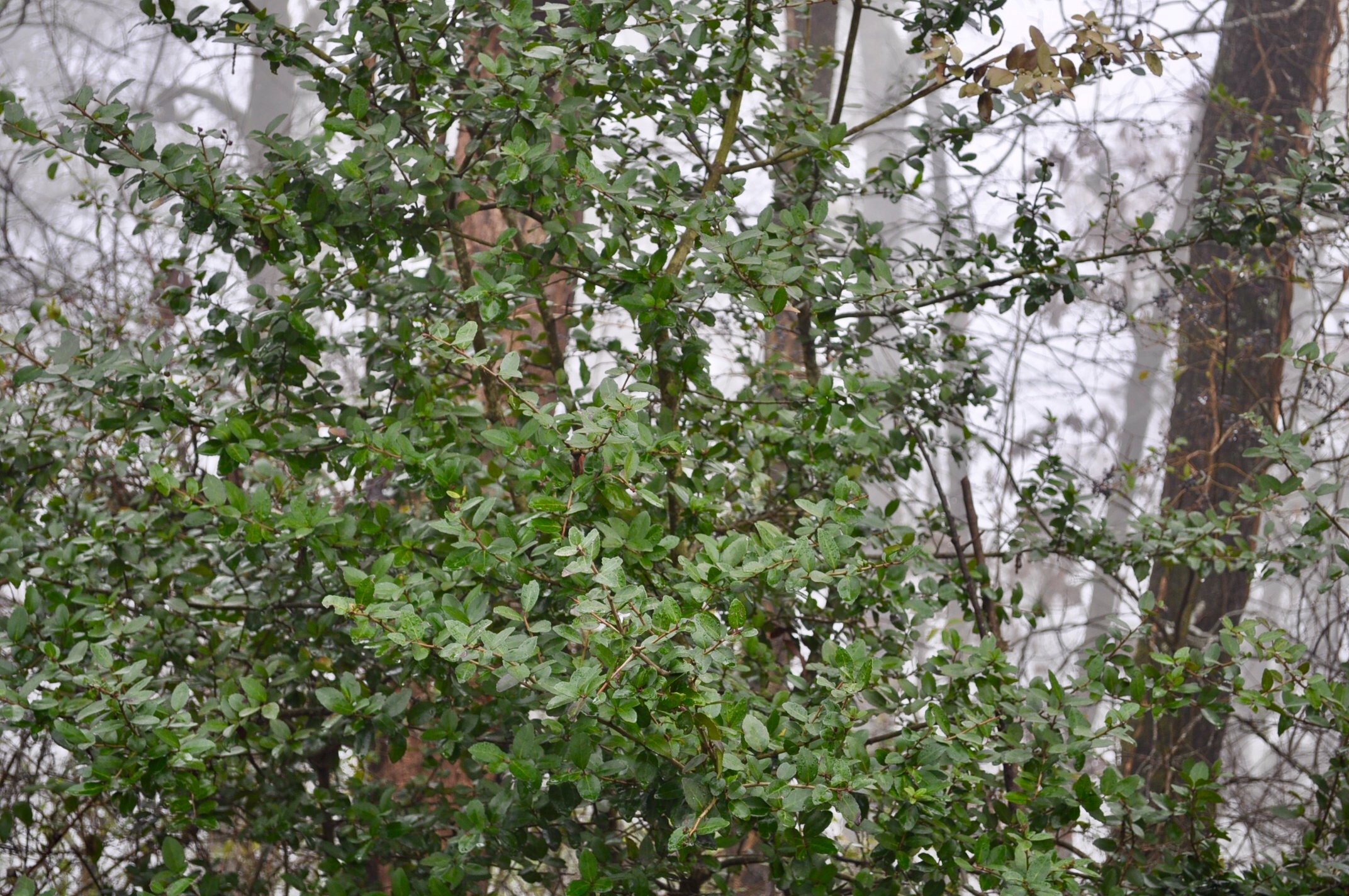
On another level, it’s a plant that grows in a wide range of conditions and is classified as a vigorous plant verging on a weed in certain areas like Texas and Oklahoma.
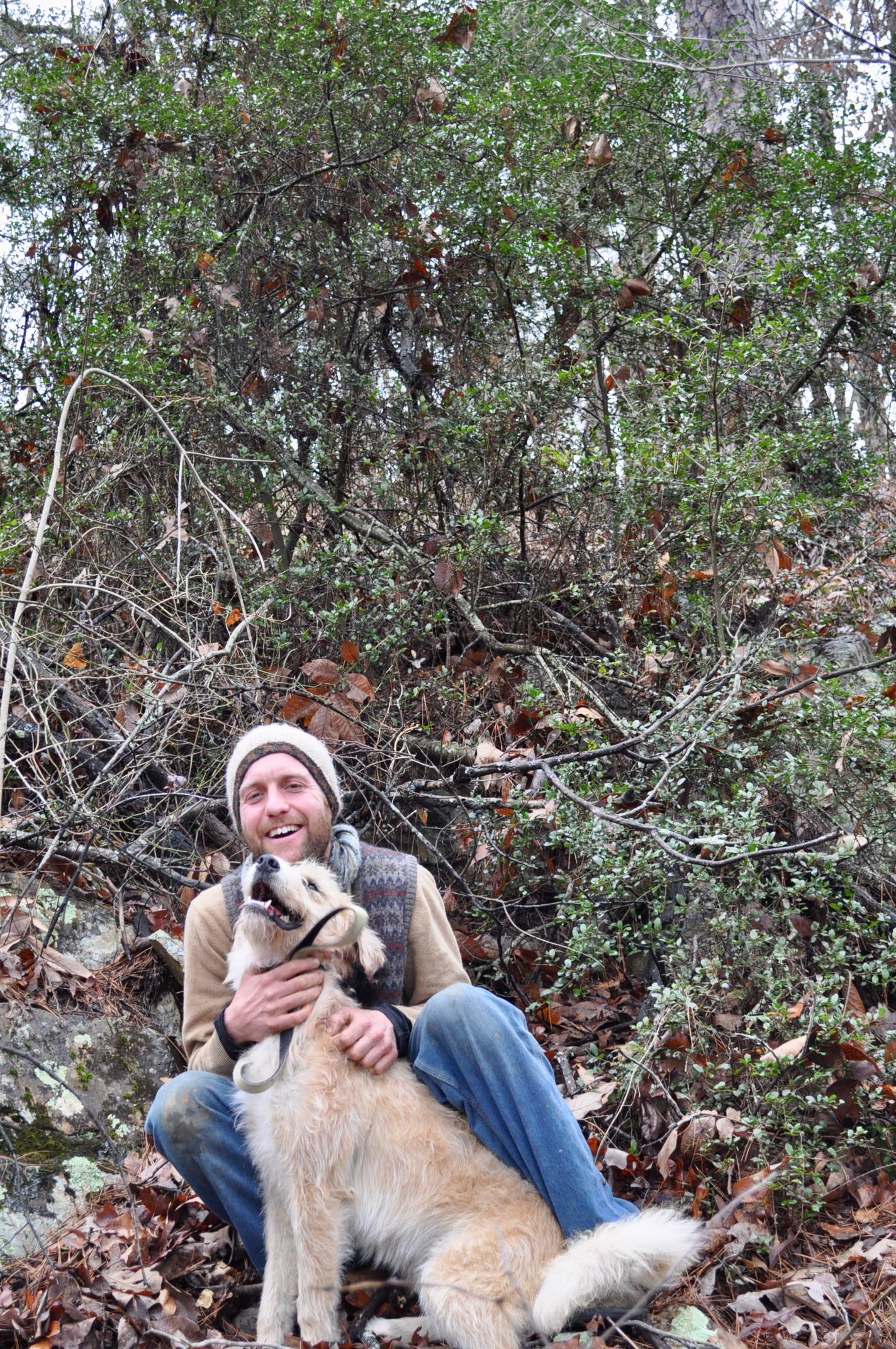
The plants that grow in the the wild are said to contain significantly more caffeine than cultivated varieties, which are often used for landscaping. There are are dwarf and jumbo varieties that may be available at your local nursery if you live in Zone 6b and above.
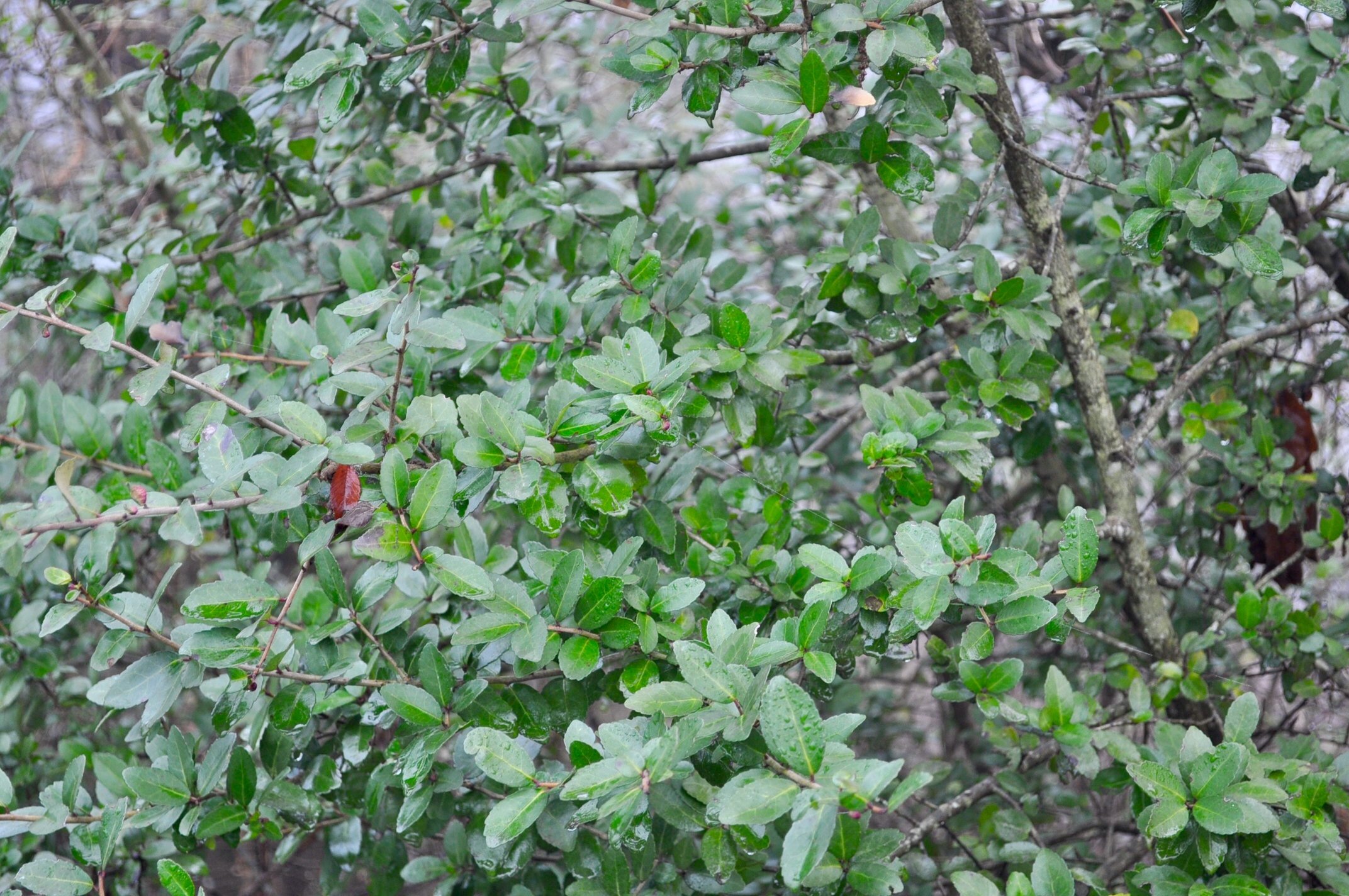
Most people growing it have no idea that it contains caffeine and neglect to harvest an abundant resource in their front yard!
Largest Yaupon We Found
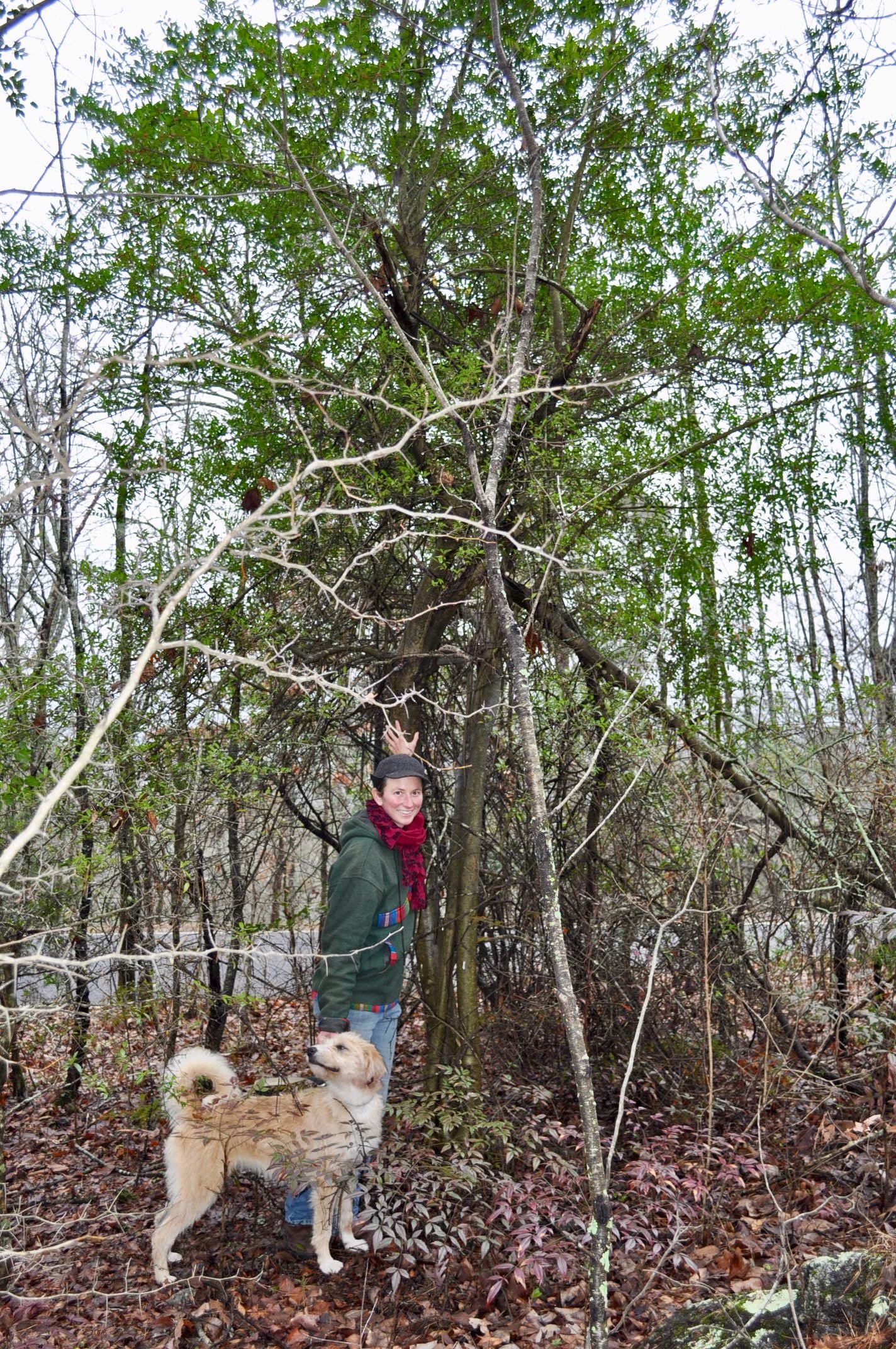
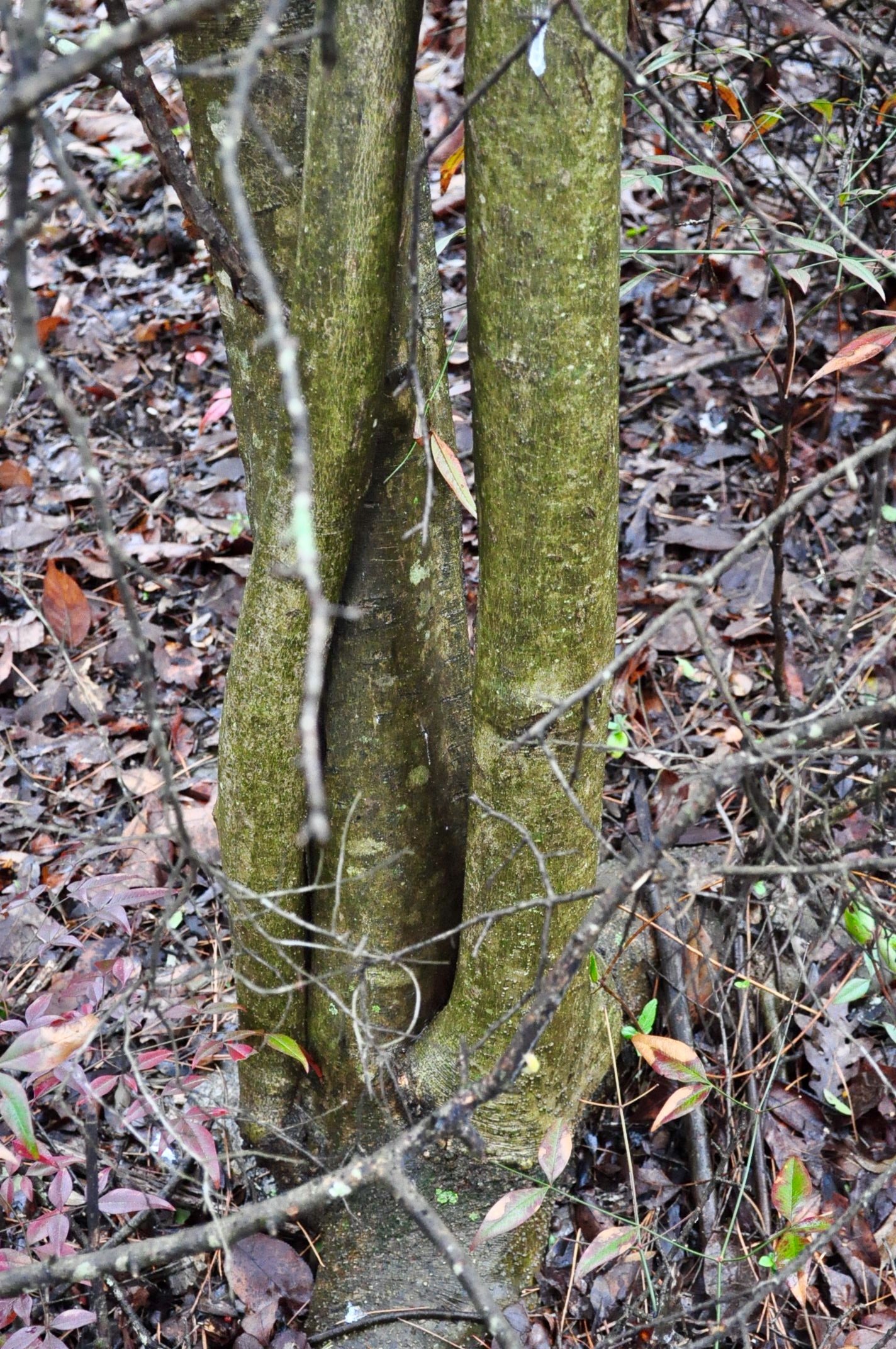
We are here because we believe the culture of Yaupon Holly is important. Furthermore, we are passionate about localizing our food systems and allying with power species that thrive in our region.
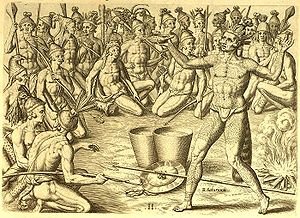
(source)
History
As stated in our previous post, Yaupon Holly has a long history of use and was known to many as Black Drink. Indigenous peoples were known to use this plant in their sacred rituals as well as daily life and were observed by early colonialists who also took on the habit of drinking Black Drink and spoke highly of it.
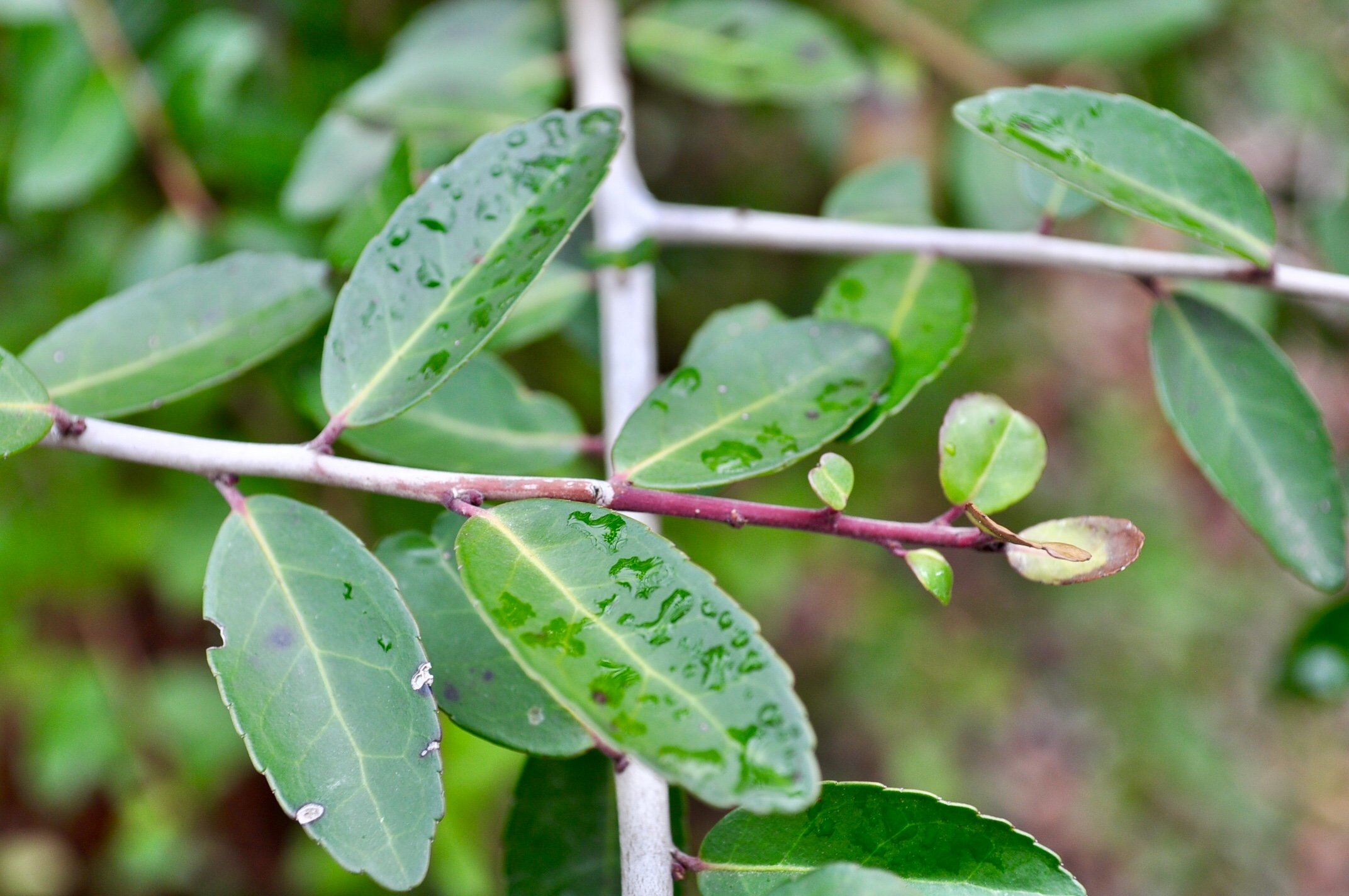
Why this tea fell off in popularity is largely not understood, but it may have something to do with its chosen Latin name, the unfortunate Ilex vomitoria. No the leaf tea does not induce vomiting, although the berries may.
How to Drink
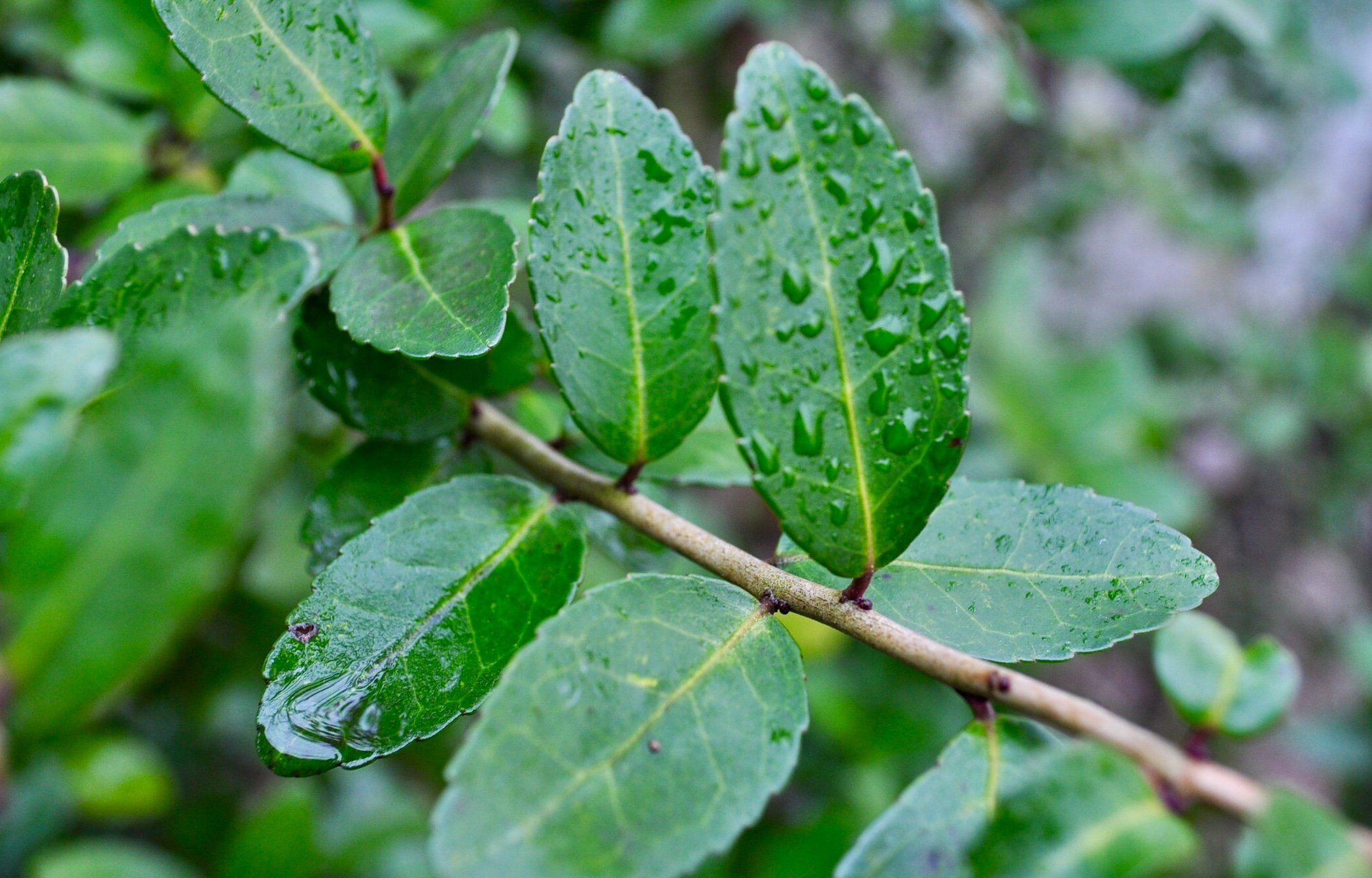
Like it’s cousin, mate, Yaupon has a waxy coating on the leaves. Traditionally it was roasted to remove the waxy costinf and dried thoroughly during which time it developed a robust flavor.
It is then steeped, like any tea, in almost-boiled water for ~5 minutes and drank with pleasure! It should be noted also that because of the leaves’ low tannin content, it can be steeped for a longer period of time without a excessive bitterness.
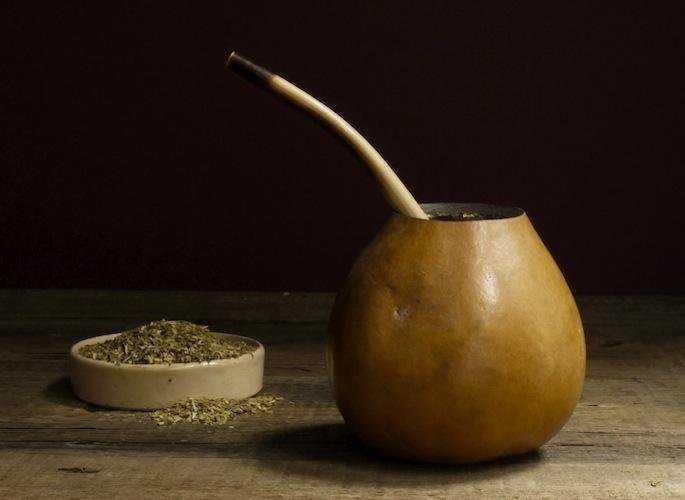
(source)
It can also be drunk like mate, green and unroasted. The culture of mate is obviously very big where it is from in Argentina and surrounding countries. There they drink it out of a gourd with a straw called a bombilla. Here in North America we also see ornately carved shells and ceramic beakers that Yaupon teas were perhaps served from. We’d love to see a resurgence here of this incredible plant that is easy to cultivate.
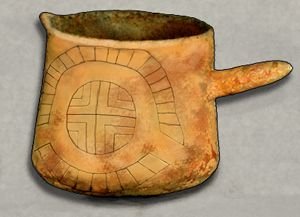
(source)
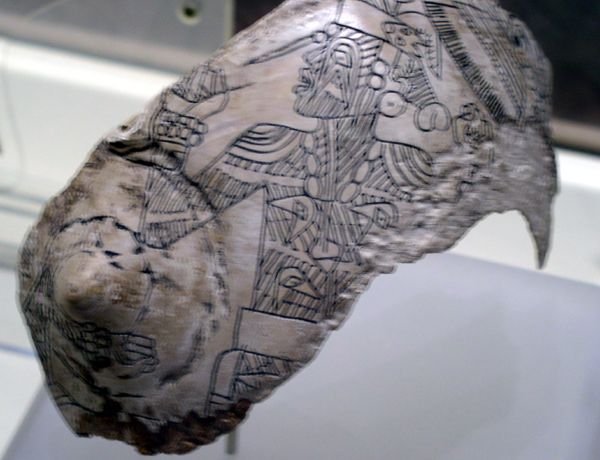
(source)
And what is not to love about this history?!
A 2009 article in the Journal of Economic Botany recommended it become a commercial crop. Not surprising, a 1919 journal article recommended it as well. Spanish colonists in early Florida drank Yaupon tea. One priest in 1615 wrote: “There is no Spaniard or Indian who does not drink it every day in the morning or evening.”
(source)
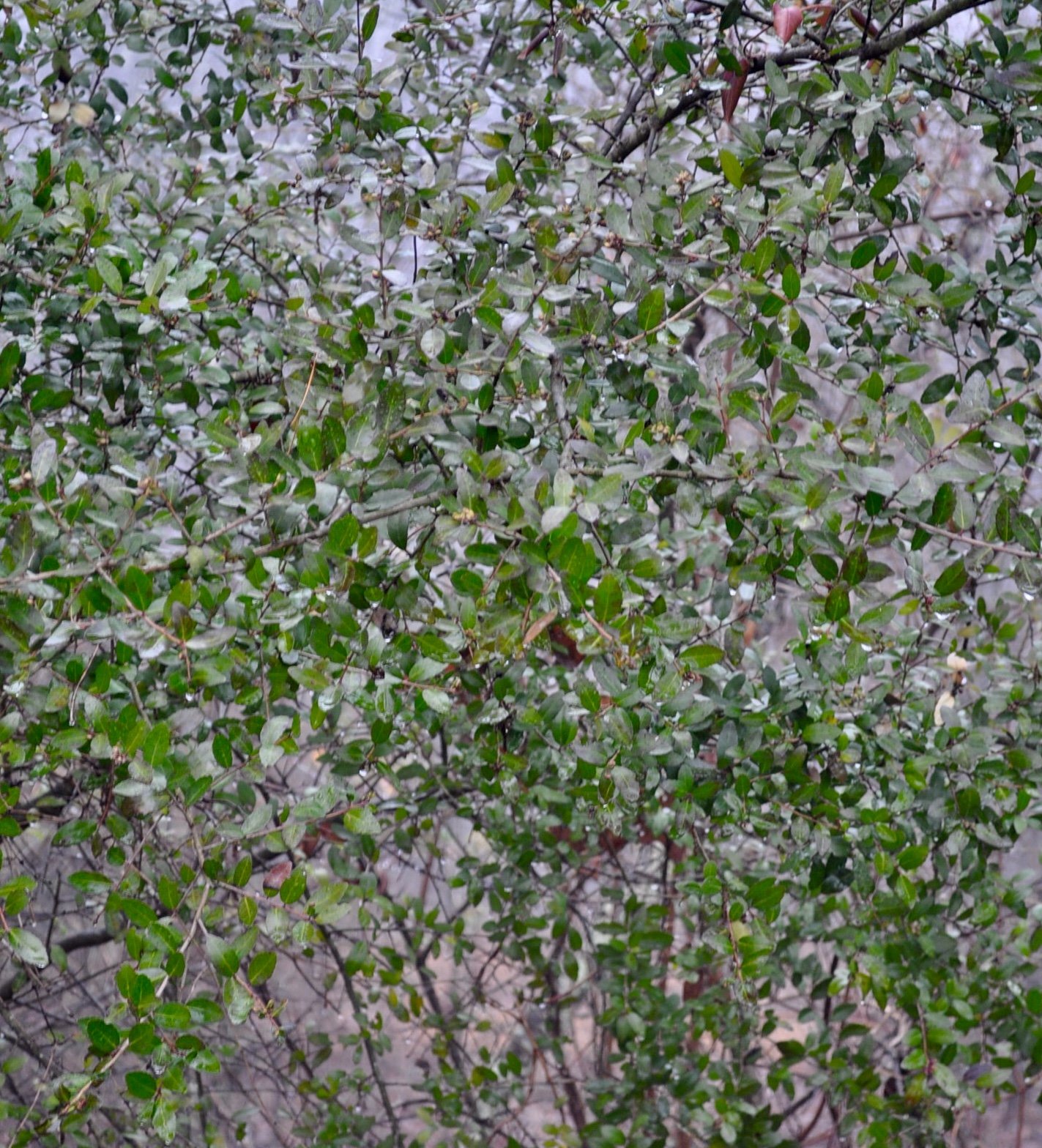
How It Grows
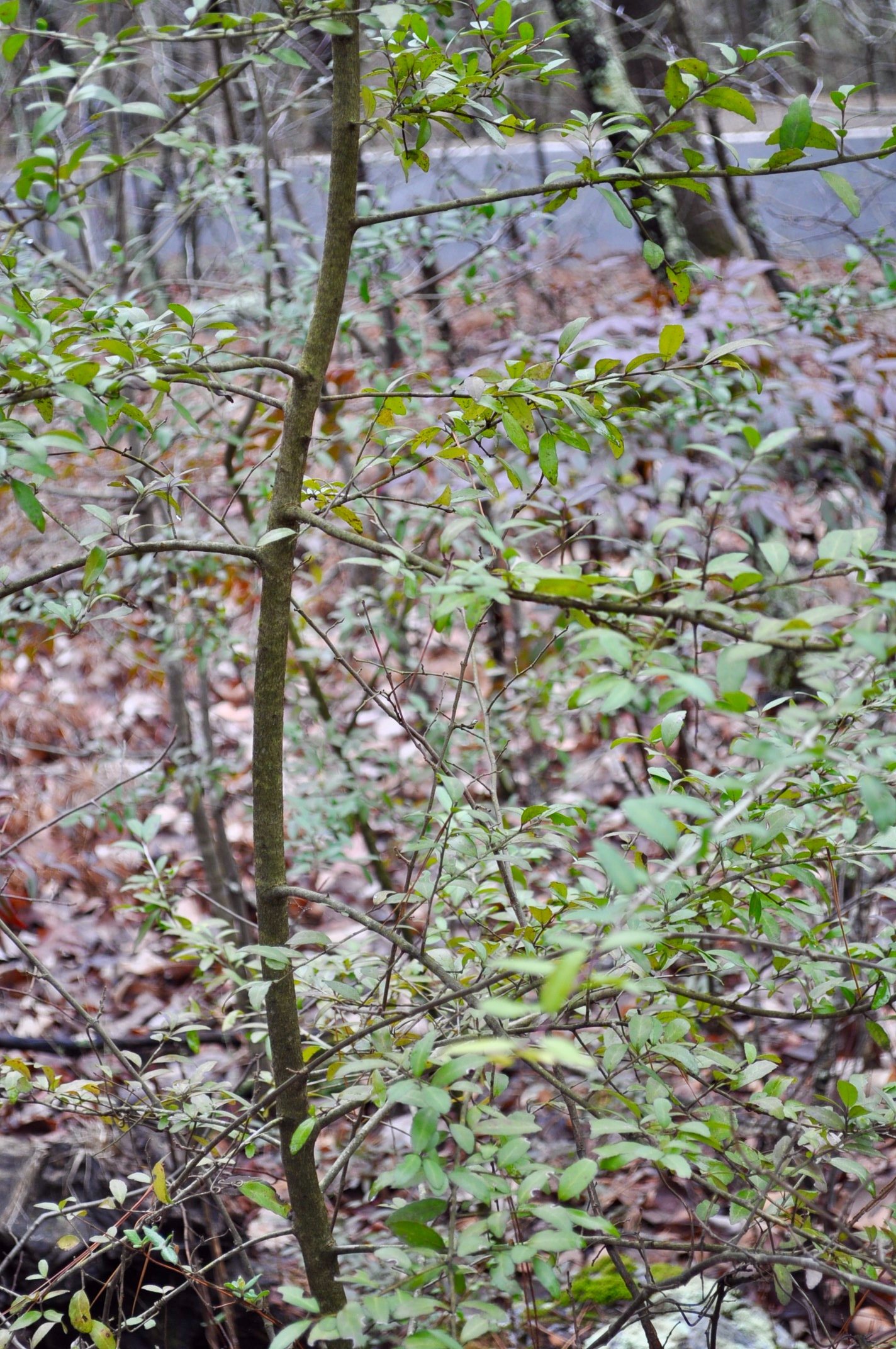
Today we find it in the forest, growing in a dense understory as a prostrate shrub. It looks really happy here and we see some examples of younger and older specimens. The tallest one we’ve seen is 15 ft and the shortest is about 3 ft. They’re much more spindly than the cultivated ornamentals, but would still make incredibly attractive landscape plants.
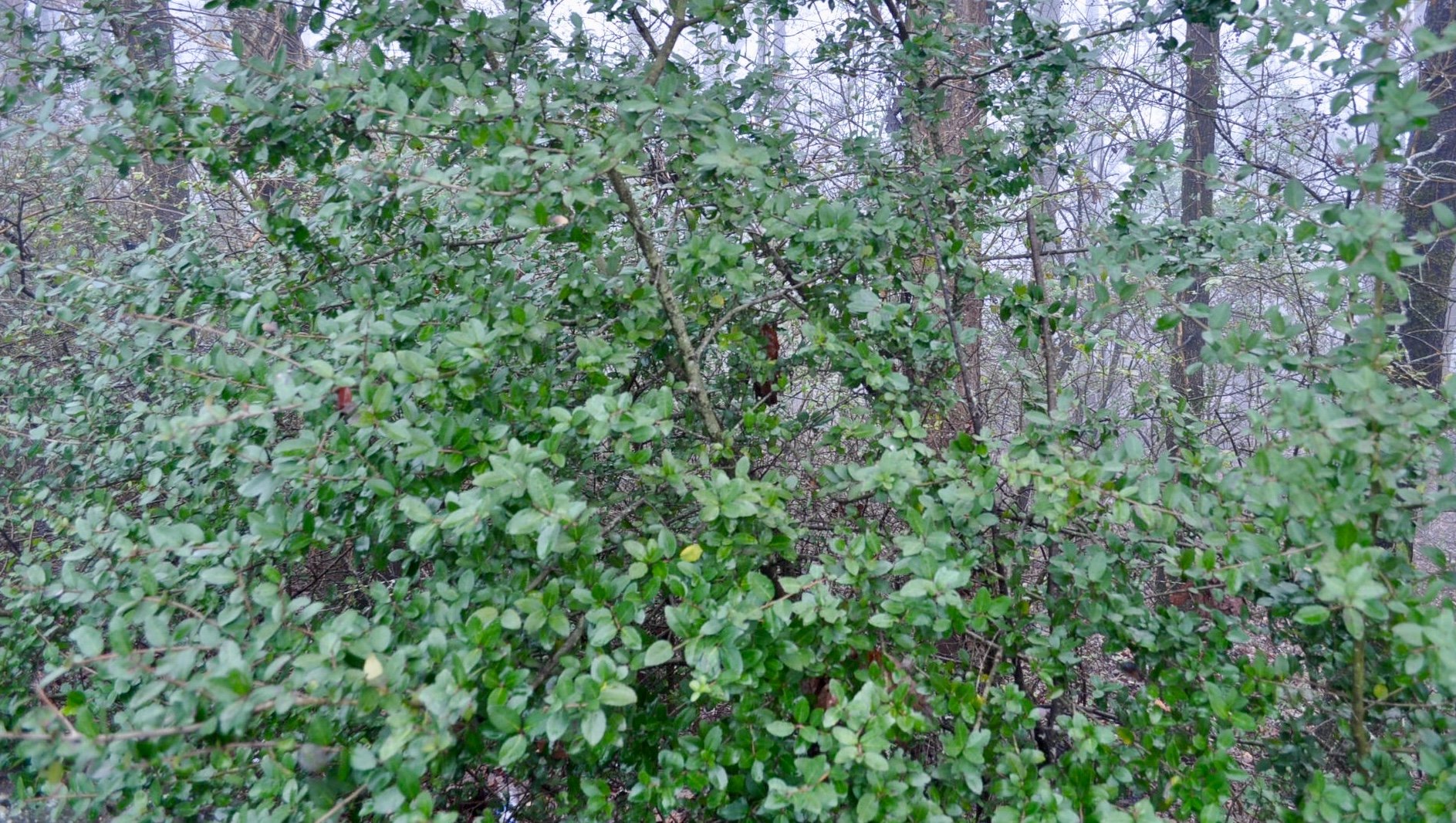
We are over the moon to finally meet this plant in its native habitat!! And not only that, but Yaupon Holly EVOLVED in the Ouachita Mountains where we currently are! Such a long and spindly history, like its branches...
A dream mission feels more complete as we have been dreaming of doing this for years ever since we read about it in the Peterson Field Guide to Medicinal Plants.
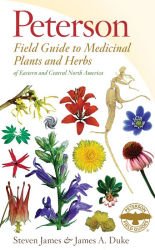
Later, to complete the expedition series, we will do a post on how to ethically wildcraft: rules to look out for, how much to take, keys to identifying and so forth. Stay tuned!

This post was lovingly crafted by a passenger of the #ecotrain! Check the tag out for more inspiring and educational earth-centered posts.
